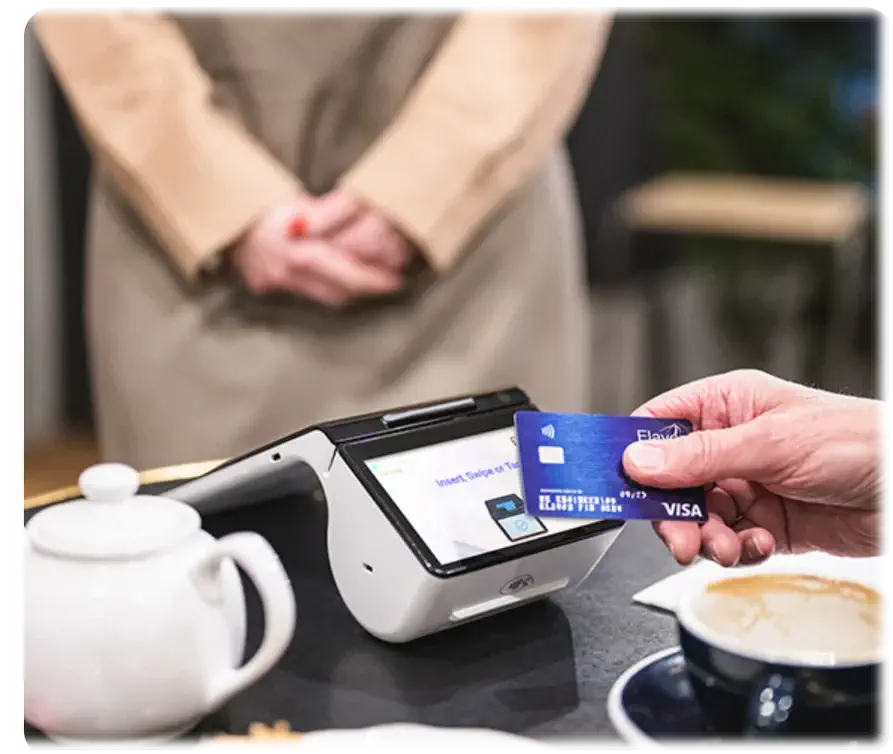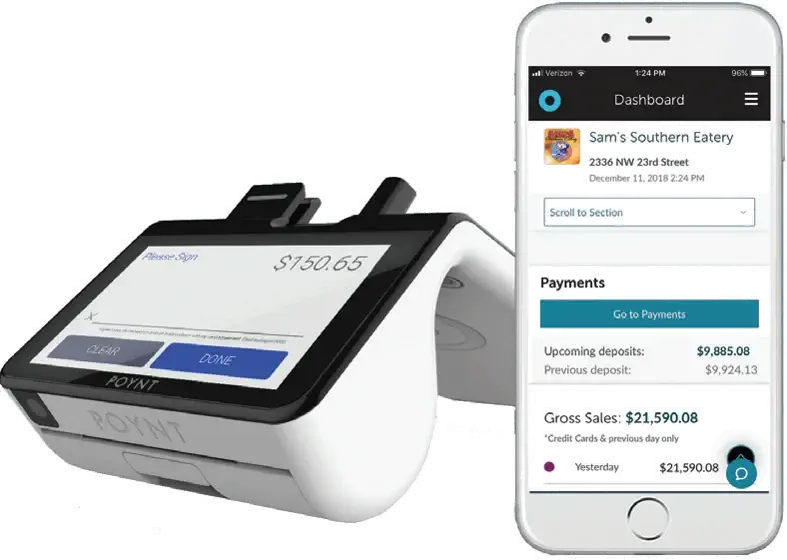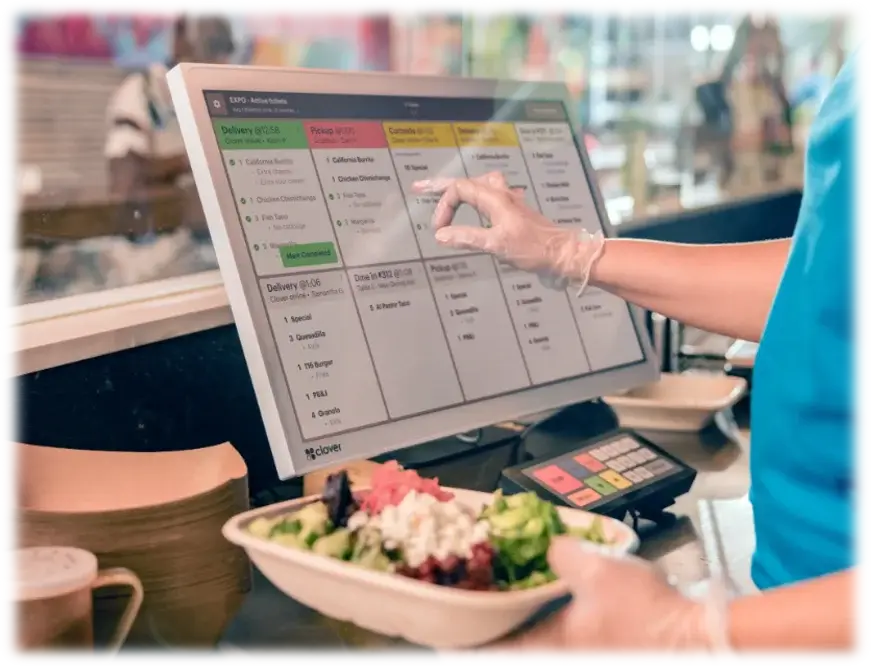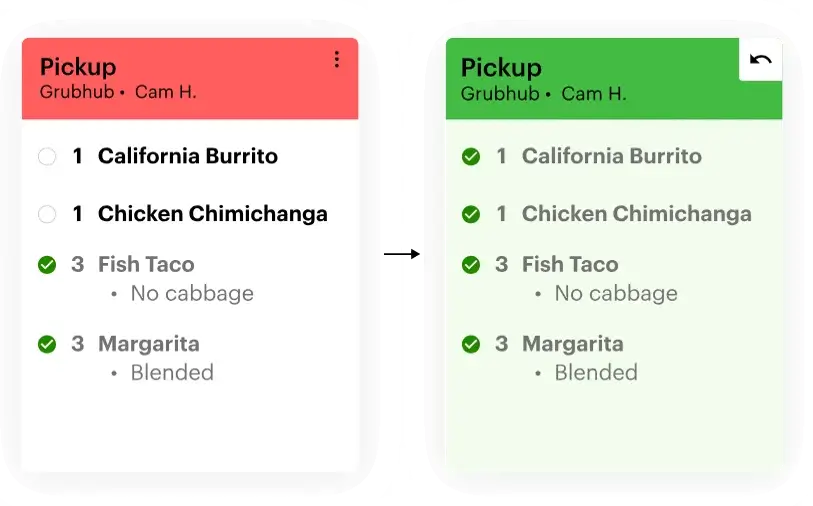E-commerce Merchant Services Vs. Traditional Payment Processing: What’s The Difference?

We never have to think about how our payments are processed — until unexpectedly, we're left wondering why a payment failed or why fees remain a mystery. If you have a business or ecommerce merchant, knowing the difference between the best merchant services, ecommerce, and traditional payment processing can save you time, money, and stress. Let's examine what makes these two things different and why choosing between them can be critical to your business growth in America.
What Are Online Payment Gateway Services?
In a sentence: E-commerce merchant services refer to integrated business solutions that facilitate payment processing done online. They accept payments for e-commerce platforms, enabling merchants to easily receive credit card-based payments, digital wallets, and other electronic payment methods.
More information: Top merchant services for e-commerce combine merchant accounts and payment gateways to facilitate payment processing on e-commerce websites. Such electronic merchant services for e-commerce are designed exclusively for e-commerce merchants to set up a merchant account effortlessly and process transactions in minutes. Whether it's Shopify merchants or an internal system, ecommerce merchant services have the features required to process payment efficiently and securely.
Why it matters: Payment merchant services for e-commerce pay a fee to process a transaction, but include services such as protection against fraud, PCI compliance, and shopping cart integration. They become an online merchant's first choice if they require payment solutions that are reliable, scalable, and secure.
What Is A Payment Gateway?
In a nutshell, Offline or conventional payment methods are adopted by physical stores, such as POS terminals, physical card entry, and in-store transactions.
Further details: Legacy payment merchant services entail establishing a merchant account for online or brick-and-mortar premises that accept payments via card-present terminals or point-of-sale (POS) terminals. Such conventional systems accept payment for brick-and-mortar locations, restaurants, and other such premises.
Why it's essential: Legacy payment acceptance typically involves merchant accounts used for in-store or in-person transactions, which are designed for face-to-face sales, such as those offered by Chase Merchant Services, Bank of America Merchant Services, or alternative merchant account solutions. These methods work optimally in-store or in-person, but might not work optimally out-of-store or out-of-person.
Why Online Payment Gateway Merchant Services Are Most Ideal For USA Online Ventures?
Pros are:
- Seamless shopping cart and virtual store integration
- Secure credit card processing, e-commerce merchant account services
- Capacity to accept an assortment of payment solutions like e-commerce merchant services, credit card payments, virtual wallets, and ACH transfers
- Advanced anti-fraud defense and PCI compliance requirements
- Scalable solutions, such as EMS, for expanding companies
Real-world scenario: A small clothing store in LA integrated a high-rated merchant services ecommerce solution, enabling them to process thousands of transactions smoothly, including credit card processing, an ecommerce merchant account, and payment processing via PayPal, resulting in a significant sales gain.
Why Do Traditional Stores Favor Traditional Payment Processing?
They include:
- Faster in-person settlement made at card-present merchants
- Lower process fee for high-volume physical sales
- Rapide is integrating with physical-store POS solutions, such as Chase Paymentech merchant services or Bank of America Commerce payment portal.
- More appropriate for B2B merchant accounts and retail business
Example: A Chicago ecommerce business has a merchant account ecommerce solution that supports in-store sales as well, optimizing operations and flexibility completely.
What Are The Security Features In Both Payment Methods?
Security above all:
- E-commerce merchant services charge e-commerce merchant services, credit card, and fraud detection tools, including encryption and tokenization.
- It employs EMV chip technology and security products at the point of sale.
Why it's essential: Both techniques secure online and offline dealings; however, e-commerce merchant services usually include some further levels of electronic security, which can be crucial to merchants selling online.
How Much Do These Payment Options Cost?
Cost factor:
- E-commerce merchant services typically require a transaction-based fee and often include setup fees, monthly fees, and chargeback fees.
- Standard gateways often incur hardware fees, setup fees, and higher transaction fees, particularly among high-volume merchants.
Which is cheapest? That will depend on the business model you have. Thrifty Payments has some of the lowest merchant account services available for e-commerce and specializes in economical solutions for startups and small companies.
How Do These Payment Options Integrate With Your Business?
Ease of integration:
- E-commerce's ultimate merchant accounts integrate into your e-commerce shopping cart, store, or platform, such as Shopify or WooCommerce.
- For conventional payment receipt, hardware and POS terminals are typically plug-and-play and can be employed within brick-and-mortar establishments.
Leading solutions are:
- Establishing a merchant account for e-commerce with companies such as Chase Merchant Services or Bank of America Merchant Services.
- Employing e-commerce merchant accounts capable of accepting a variety of payment gateways.
What Are Your Options For Scalability And Flexibility?
Growth-friendly choices
- E-commerce merchant services can be highly scalable to manage growth through multi-currency processing services, sophisticated analytics services, and API integrations. It can be scaled up, but may need hardware upgrades or new merchant account products.
- E-commerce merchant services keep pace with your e-commerce business's growth while allowing for smooth upgrades and integration.
What Are The Challenges And How To Resolve Them?
Challenges
- High-fee transaction
- Securities issues
- Integration concerns around your platform
- Consumer trust and anti-fraud controls
Solutions
- Choose the best e-commerce merchant accounts that will be transparent about fees.
- Employ reputable sources such as Chase Paymentech merchant services or BofA Merchant Services with advanced security features.
- Adoption of chargeback and fraud detection methods.
Making the Right Choice:
E-Commerce Merchant Services or High-Street Payment Processing, which is preferable then? It depends on your business model: For e-commerce stores, the top merchant services that e-commerce stores utilize effectively enable fast, secure, and scalable payment acceptance. For brick-and-mortar or retail-based companies, conventional payment gateways involving hardware-based solutions may be preferable. Tip: Most firms use both and combine both to achieve maximum sales channels.
How Do E-commerce Merchant Services And Traditional Payment Processing Differ?
Key differences include:
| Aspect | E-Commerce Merchant Services | Traditional Payment Processing |
| Primary Use | Online businesses, e-commerce sites | Brick-and-mortar stores, in-person sales |
| Payment Methods | Credit cards, digital wallets, ACH | Credit/debit cards, cash, checks |
| Processing Environment | Digital, internet-based | Physical, POS terminals |
| Setup Complexity | Often requires setting up an e-commerce merchant account. | Straightforward, often with hardware setup |
| Fees | Varies with transaction volume, often lower for online | May include hardware costs and a higher per-transaction fee |
Why is this distinction crucial? Choosing the wrong process can hinder your sales or increase costs. For example, a Shopify merchant would need the best e-commerce merchant accounts, not a traditional POS system.
What Are Online And Offline Business Payment Processing Trends In The Future?
Looking ahead: Increased contactless and mobile payment use, Artificial Intelligence-driven anti-fraud, Integrations of e-commerce merchant services in new fintech platforms, More flexible arrangements, such as Thrifty Payments, applicable to medium and small companies. Why it matters: Staying ahead of the curve with the ultimate merchant services for eCommerce and conventional methods will keep your business competitive.
Frequently Asked Questions
1. What is an e-commerce merchant?
An e-commerce merchant is a business or individual that sells products or services online, utilizing electronic commerce merchant services to process digital payments securely.
2. Why am I getting calls from merchant services?
These calls often come from providers offering merchant account solutions, aiming to help you process payments more efficiently or upgrade your current setup.
3. Who is EMS on my bank statement?
EMS refers to Electronic Merchant Services, which processes your transactions and may appear on your bank statement as a charge or fee.
4. What is an example of an e-commerce merchant?
A Shopify store selling handmade jewelry, using a merchant ecommerce account to process credit card payments and digital wallets.
5. How does e-commerce work?
It involves online merchants setting up merchant accounts and integrating payment gateways to securely accept digital payments, enabling smooth transactions between customers and sellers.
6. Is Amazon an e-commerce?
Yes, Amazon is the largest e-commerce platform globally, with millions of online merchants selling through its marketplace.
7. Is Walmart an e-commerce?
Yes, Walmart has a significant online presence, and many merchants sell products through Walmart’s e-commerce platform.
8. What are some examples of merchants?
Small business owners, online retailers, B2B sellers, and service providers use electronic commerce merchant services.
9. How many e-commerce merchants are there?
There are millions of e-commerce merchants worldwide, with a growing number in the USA, supported by platforms like Shopify and Amazon.
10. Who is the biggest e-commerce seller?
Amazon remains the biggest e-commerce seller globally, with countless online merchants using their platform.
11. What are the advantages of e-commerce?
It allows businesses to reach a wider audience, operate 24/7, reduce overhead costs, and use advanced analytics to grow smarter.
12. What sells the most in e-commerce?
Electronics, fashion, health products, and consumer goods top the list, driven by consumer demand and effective online marketing.
Conclusion: How To Optimize Your Payment Strategy For Business Success
Choosing the best merchant services for e-commerce versus traditional payment processing isn’t a one-size-fits-all decision. For online merchants, e-commerce merchant services—like those offered by top providers in the USA—are essential for secure, scalable, and cost-effective payment solutions. Meanwhile, brick-and-mortar stores benefit from traditional payment processing, which utilizes hardware-integrated merchant accounts.
The key to success is understanding your business needs, growth plans, and customer preferences. By selecting the right merchant account options and leveraging the latest trends in electronic commerce merchant services, you can optimize your payment strategies, improve customer experience, and boost your bottom line.
If you're looking for the best merchant account for your online store or need comprehensive solutions for your business, explore options like Chase merchant services login, Bank of America Merchant Services, or Thrifty Payments for affordable, reliable solutions. Remember, the right choice makes all the difference in today’s competitive market!



























